(Note: I got the “Napkin” image from Skipper Kent himself when he was living on the Big Island in Hawaii. He had once owned a popular San Francisco restaurant called SKIPPER KENTS at Columbus & Taylor. One of his homes was located on Reef Point Road in Moss Beach.)
Story by Kendra Barron, June Morrall & Larry Kaplan
Email Larry Kaplan: [email protected]
Dear June,
I recently discovered some coverage you had written about Skipper Kent.
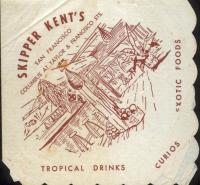

He did not build the house at Moss Beach, but bought an existing structure and greatly enhanced it. My grandfather, William Tombling, did the carpentry. It included an expansive library for Frank’s vast collection of books and a wing for Lucille’s painting studio with a walk-in closet to house her canvasses.
Prior to moving to the coast Frank and Lucille had a beautiful home in Walnut Creek that had vast gardens, greenhouses, glass houses for Frank’s orchid collection, magnolia trees, fountain and much more. A magical attic covered the length of the home. There you could explore cabinets filled with shells, rocks, books, and items collected from all over the world.
I am the Kent’s goddaughter. Currently my husband and I are working with a collection of letters that Lucille wrote to my mother, Eileen, while the Kents were sailing their newest boat (White Cloud) from the Great Lakes to the San Francisco Yacht Club in 1945. It was quite an adventure.
Sincerely, Kendra Barron
———————————
 June says: I asked boat expert Larry Kaplan about the historic “White Cloud.”
June says: I asked boat expert Larry Kaplan about the historic “White Cloud.”
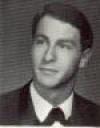 Larry Kaplan says: A friend of mine owned WHITE CLOUD. She was a schooner. She lost a garboard plank underway and was lost at sea …the Mitchell’s owned her at the time,were aboard, and were rescued. I have newspaper articles right here regarding her demise…You sure the one you are talking about was a schooner? (Aft mast is taller than the foremast).
Larry Kaplan says: A friend of mine owned WHITE CLOUD. She was a schooner. She lost a garboard plank underway and was lost at sea …the Mitchell’s owned her at the time,were aboard, and were rescued. I have newspaper articles right here regarding her demise…You sure the one you are talking about was a schooner? (Aft mast is taller than the foremast).
 June says: No, I’m not sure. I don’t own a boat.
June says: No, I’m not sure. I don’t own a boat.
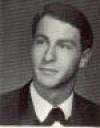 Larry Kaplan says: You wanna tell me how you can sail from the Great Lakes to the St. Francis Y.C.?
Larry Kaplan says: You wanna tell me how you can sail from the Great Lakes to the St. Francis Y.C.?
 June says: That me laugh out loud.
June says: That me laugh out loud.
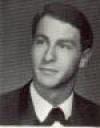 Then Larry Kaplan says: This thing I said about sailing from the great lakes to SF: certainly, it depends on WHAT lake WHITE CLOUD called home. Today I will call the widow of my dear friend who owned a schooner named WHITE CLOUD in the sixties…and see what additional information there may be. I will let you know…
Then Larry Kaplan says: This thing I said about sailing from the great lakes to SF: certainly, it depends on WHAT lake WHITE CLOUD called home. Today I will call the widow of my dear friend who owned a schooner named WHITE CLOUD in the sixties…and see what additional information there may be. I will let you know…
Interesting to know if it’s the boat I knew… Paul Mitchell and his wife bought her from my friend. I knew them, too………………
This, “Great Lakes” thing:
Let’s assume that WHITE CLOUD was on Lake Michigan. Her destination is WEST; the St. Francis Y.C. on San Francisco Bay. I know it well.
Sailing West, WHITE CLOUD’S first stop for provisions might well have been Iowa. With fair winds, and continuing West, she might then again stop in Colorado, Utah, and then to Sacramento in California where she could enter the Delta, and sail DOWN the Delta to S.F. Bay…and tie up at the St. Francis Y.C.
End of trip.
If, on the other hand, WHITE CLOUD was on any other Great Lake, she would simply sail East to the Atlantic Ocean, head south, then West…through the Panama Canal, and North to S.F. Bay.
Because WHITE CLOUD was NOT a Prairie Schooner…a Conestoga Wagon…nor was she a Covered Wagon… I would think heading toward Iowa would suck as an option!
Indeed; the trip is an adventure. And don’t forget: in 1945 Al Gore hadn’t invented the internet!
How, I ask you…did people navigate their way around this planet of ours?
————————————
I told Kendra I visited Skipper Kent’s next fabulous home (after the one he lived in in Moss Beach, on Reef Point Road) on the Big Island in Hawaii (circa late 1970s).
Kendra says: I‘m glad that you were able to see the home and gardens that Frank created in Hawaii. It is incredible that a man who began as a driver of a bread truck worked his way into such a wonderful and colorful life. He skill with garden’s was spectacular. In Walnut Creek he grew bearded iris and then Lucille would paint illustrations of each one. I wish I knew where all those pieces ended up as well.
———————————————————————————
 June says: I just found out that Skipper Kent’s White Cloud is NOT the same White Cloud we’ve been talking about. You have something new?
June says: I just found out that Skipper Kent’s White Cloud is NOT the same White Cloud we’ve been talking about. You have something new?
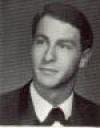 Larry says: OK, here’s part of the deal:
Larry says: OK, here’s part of the deal:
The schooner WHITE CLOUD, a 1930 John Alden design, sank in 80 feet of water off South Bellona Reef. The world is less one great schooner today, but the old girl slid gracefully beneath the sea in a fashion as dramatic and proud as her 58 year history.
The San Diego based schooner was being delivered from Vanatu to to Australia by the Mitchells to a new owner when the fatal accident occurred. They were about 700 miles from Australia when a rogue wave hit WHITE CLOUD, knocking her down.The sturdy schooner recovered but suffered considerable damage below the water line. She was broad reaching in 25 to 35 knots of wind when she was hit.Paul Mitchell was on the lee side adjusting a lashing and his wife Susan was sleeping down below.
Once at Bellonaa Reef a closer examination below the waterline revealed the whole garboard seam on the port side was open and the two seams above it cracked and leaking. After extensive puttying, WHITE CLOUD was still taking on water at the rate of about 200 gallons an hour in the calm lee of the reef.
June, the garboard plank on a wooden boat is the FIRST plank from the keel…
In any event, this WHITE CLOUD lies in crystal clear water at 21 degrees 50 minutes south latitude and 159 degrees 32 minutes east longitude…eighty feet DOWN.
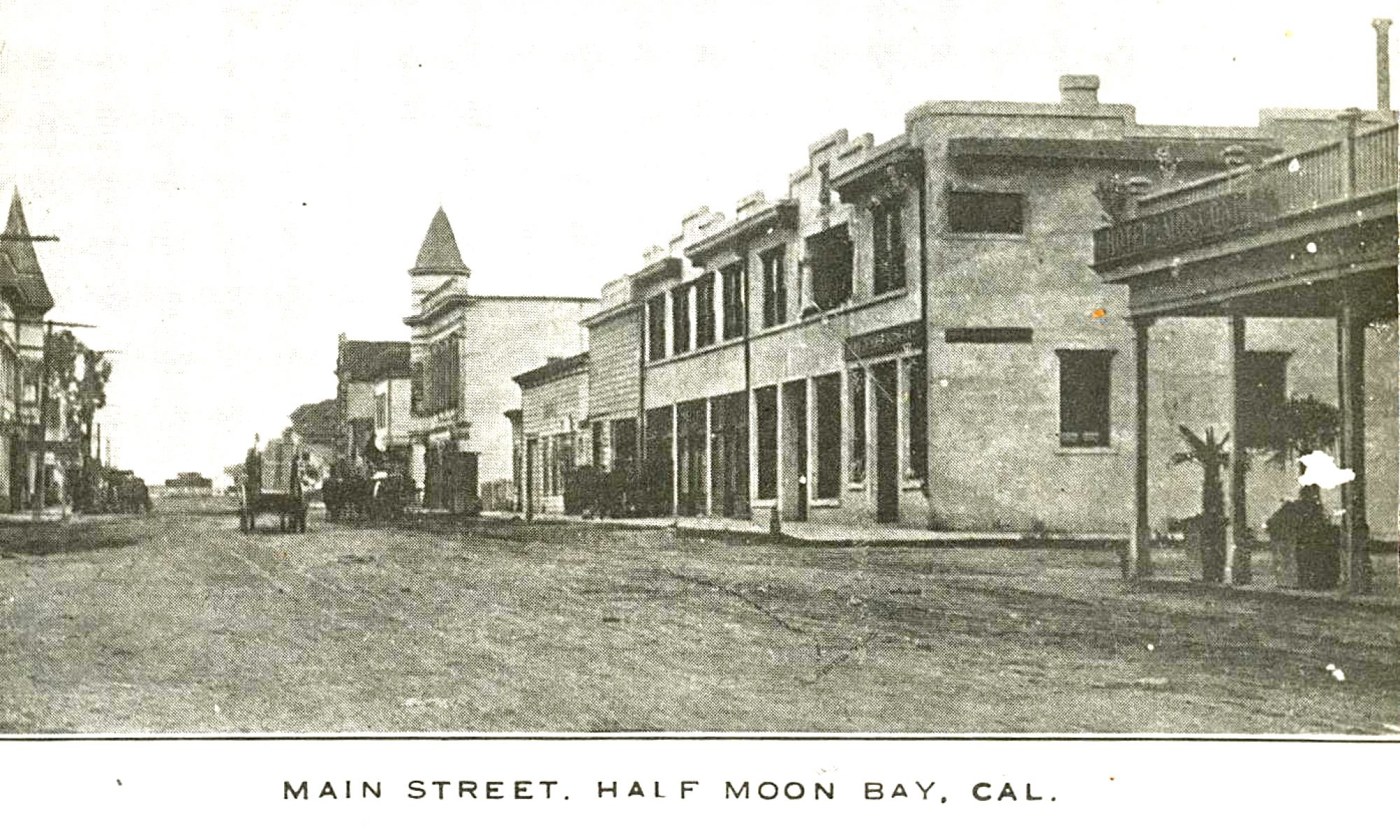





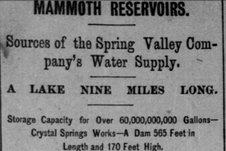
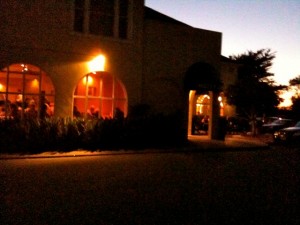

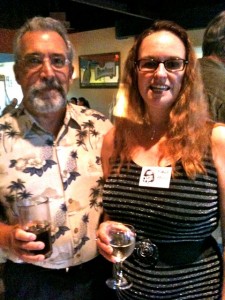
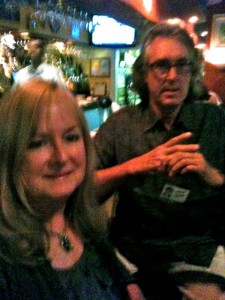 [Lynne Magee & Ernie Koep. [Kevin Magee.]
[Lynne Magee & Ernie Koep. [Kevin Magee.] 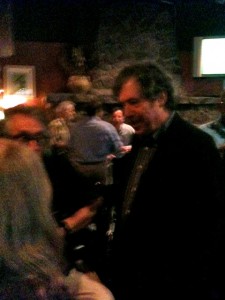

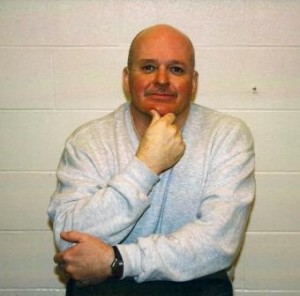 “Bootlegger Cove” author
“Bootlegger Cove” author 

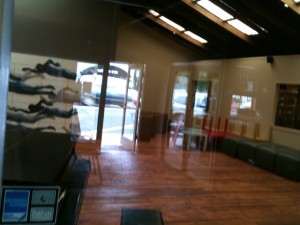

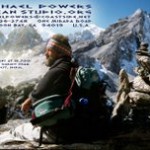 Story by Michael Powers
Story by Michael Powers
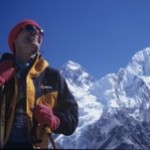
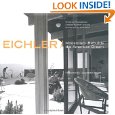 [Image:
[Image: